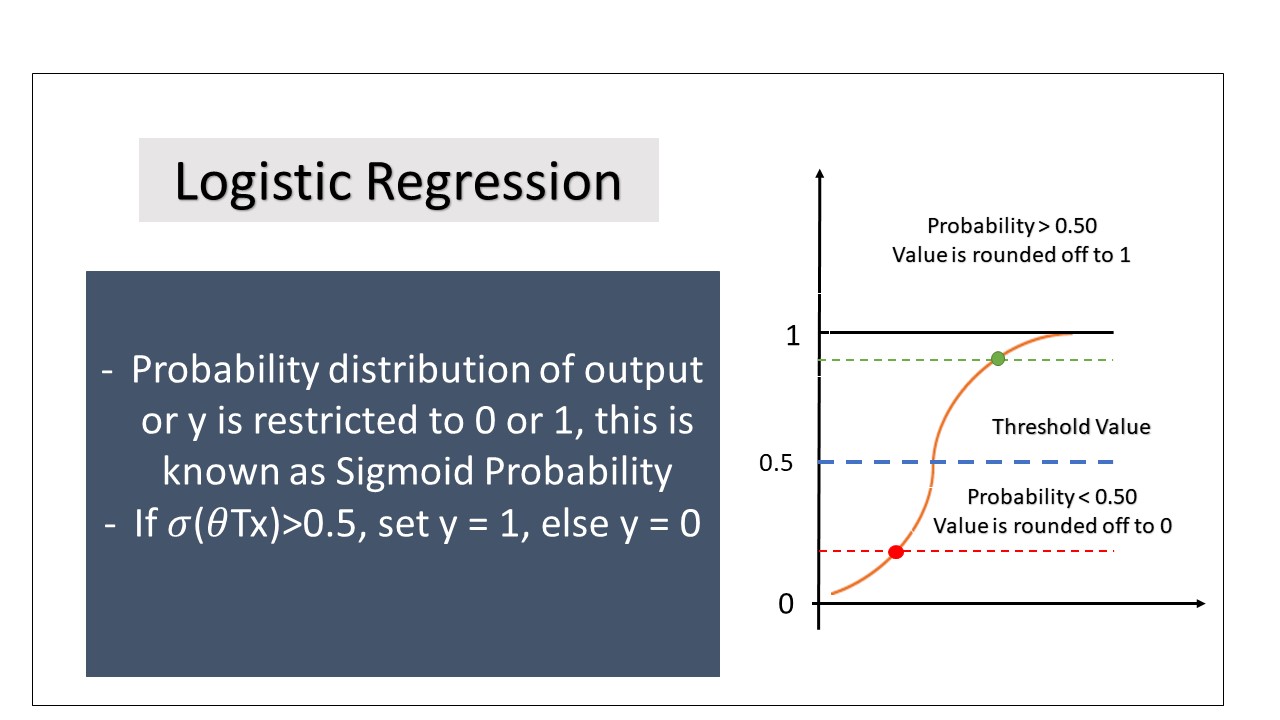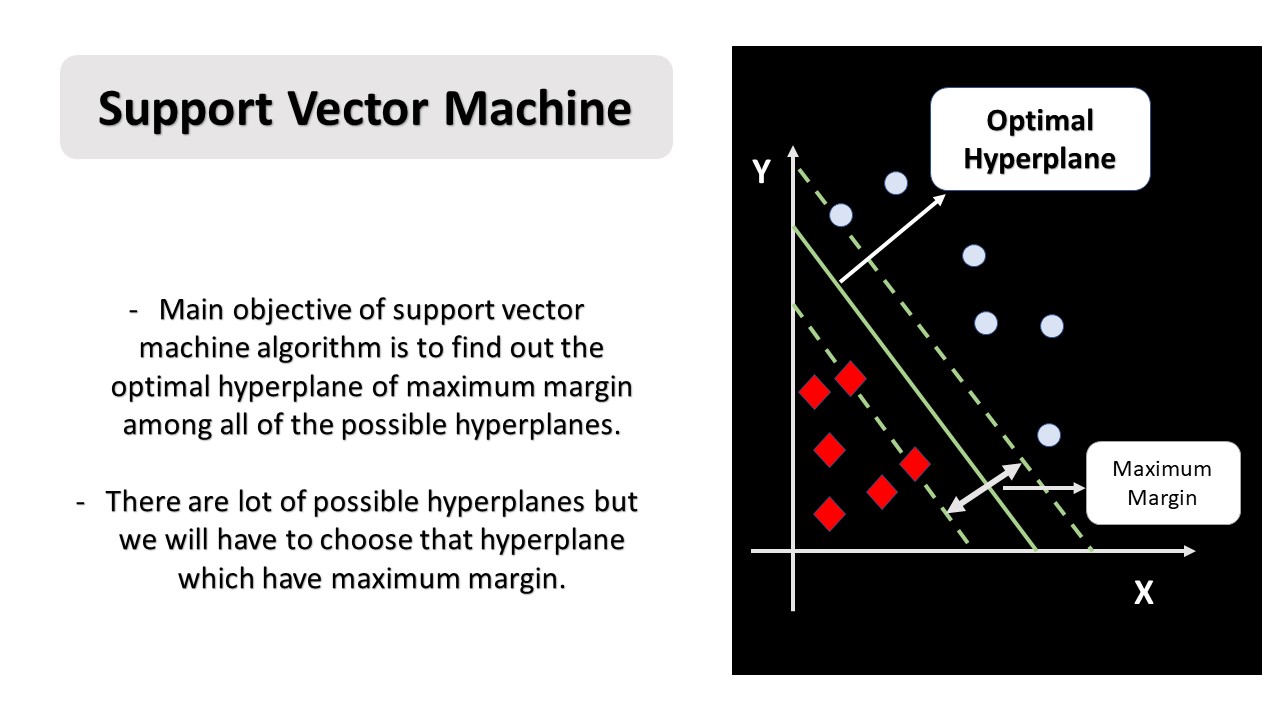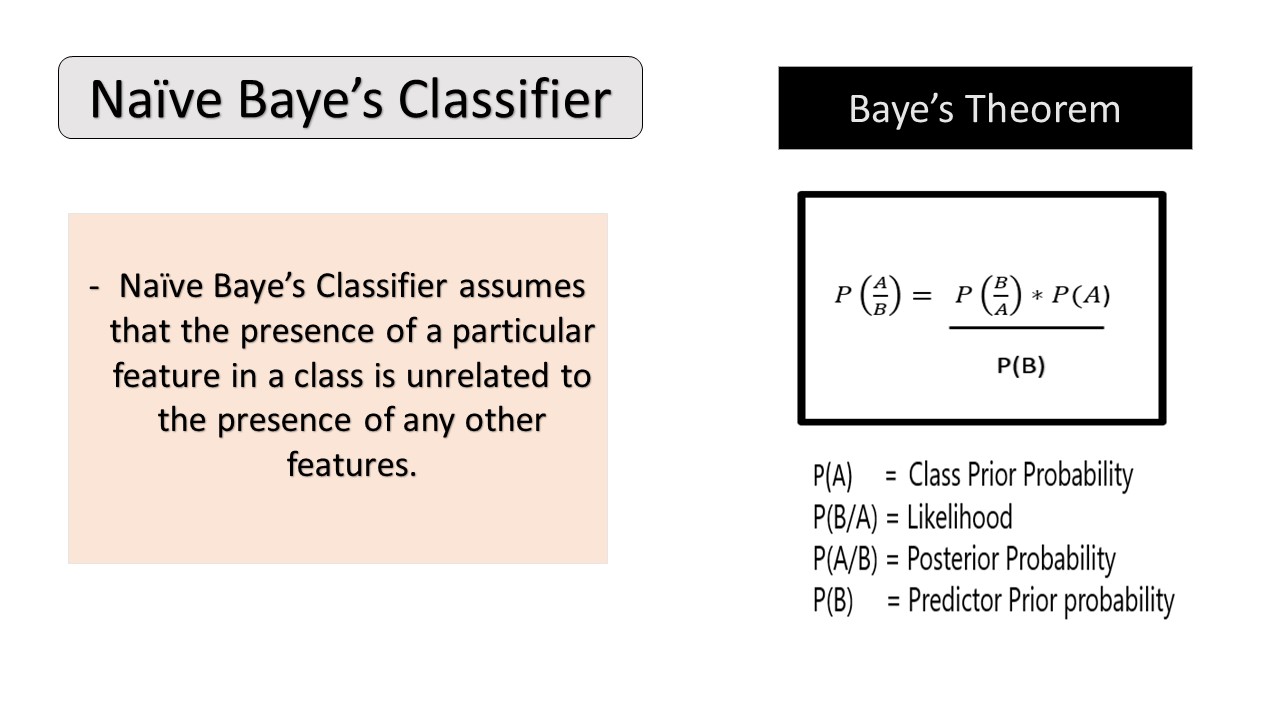Introduction
Recently, we studied about two main types of algorithms of supervised machine learning, which were regression and classification algorithms. Supervised machine learning contains given set of examples of inputs and outputs which help us to find out the hidden relations or data-patterns between inputs and outputs. As we know that classification is one of the types of supervised machine learning. So, it also contains given sets of examples.
Within this article, we will understand what are classification algorithms, its types, various classification models, and applications of supervised machine learning.
What are classification algorithms?
Classification algorithms are the supervised machine learning techniques, which classifies the datasets into various classes based on certain characteristics. Basically, these are the task that identifies the class to which instance it belongs. In classification algorithms, the targeted variable is a categorial variable. It is used in fraud detection, face detection and sentiment analysis.
What are the types of Classification Algorithms?
Mainly, there are two types of Classification Models:
- Linear Models
- Non-linear Models
Linear Models
There are two linear models:
- Logistic Algorithms
- Support Vector Machine
Non-Linear Models
There are mainly 4 non-linear models in classification:
- K-Nearest Neighbors
- Kernel SVM
- Naïve Bayes
- Decision Tree Algorithms
- Random Forest Classification
Logistic Regression: It is used to predict binary outcomes for a given dataset of independent variables. It always serves binary outcomes such as 0 or 1, win or lose, day or night, pass or fail and healthy or sick. That is why, we always get discrete values y belongs to {0,1}.

Support Vector Machine: The main goal of a support vector machine algorithm is to find a hyperplane in an N-dimensional space (N is the number of features within the whole dataset) that distinctly classifies the data points. While applying the algorithm to datasets, there are many possible hyperplanes which can divide the data sets. But our main objective is to find that hyperplane which has the maximum margin, where the maximum margin is the maximum distance between two data points of both of the classes.

K-Nearest Neighbors (KNN): KNN is a simple supervised machine learning algorithm, which can be used in both, classification and regression problems. It captures the idea of similarity (such as distance, closeness or proximity) with using some mathematical concepts. It performs better with less dimensions or it can be said as if number of features will be increased, then system will need more datasets with same labels.
Naïve Bayes: Naïve Bayes can be defined as the classification techniques of the supervised machine learning based on Baye’s theorem. In simple terms, Naïve Bayes Algorithm assumes that there is no relation between a particular feature to any other feature. Usually, it is easy to build and often useful for large datasets. From source, Naïve Bayes has mainly 3 steps within the algorithms:
• Step 1: Converting datasets into frequency tables
• Step 2: Creation of likelihood tables by finding the probabilities
• Step 3: Calculation of posterior probability for each class through Naïve Bayesian equation. 
There are some common algorithms, which are used in both of the types of algorithms (regression algorithms and classification algorithms).
Decision Trees algorithm- From, A decision-tree is a flowchart- like tree structure, which consist internal node, branch and leaf node. In which, internal node refers feature (or attribute), branch represents a decision rule, and all leaf nodes represent the outcome, the top most node is known as the root node.

Applications of Classification Algorithms
Some applications of Classification Models:
- Classification of objects: Image Classification algorithms are used in classification of objects. Through this algorithm, objects can be classified as well as identified.
- Weather forecasting: Weather forecasting is a complicated prediction system which includes lots of different variables, and that’s why it consists of a number of developing supervised models which include multiple tasks. Predicting any day’s temperature is a regression problem due to its numerical nature. While predicting whether tomorrow would be snow or not is a classification problem.
- Customer classification: Whether a customer is happy or unhappy, this kind of task is performed via text analysis. Text analysis algorithm identify the sentiments from a piece of feedback written by the customers.
Powered by Froala Editor



